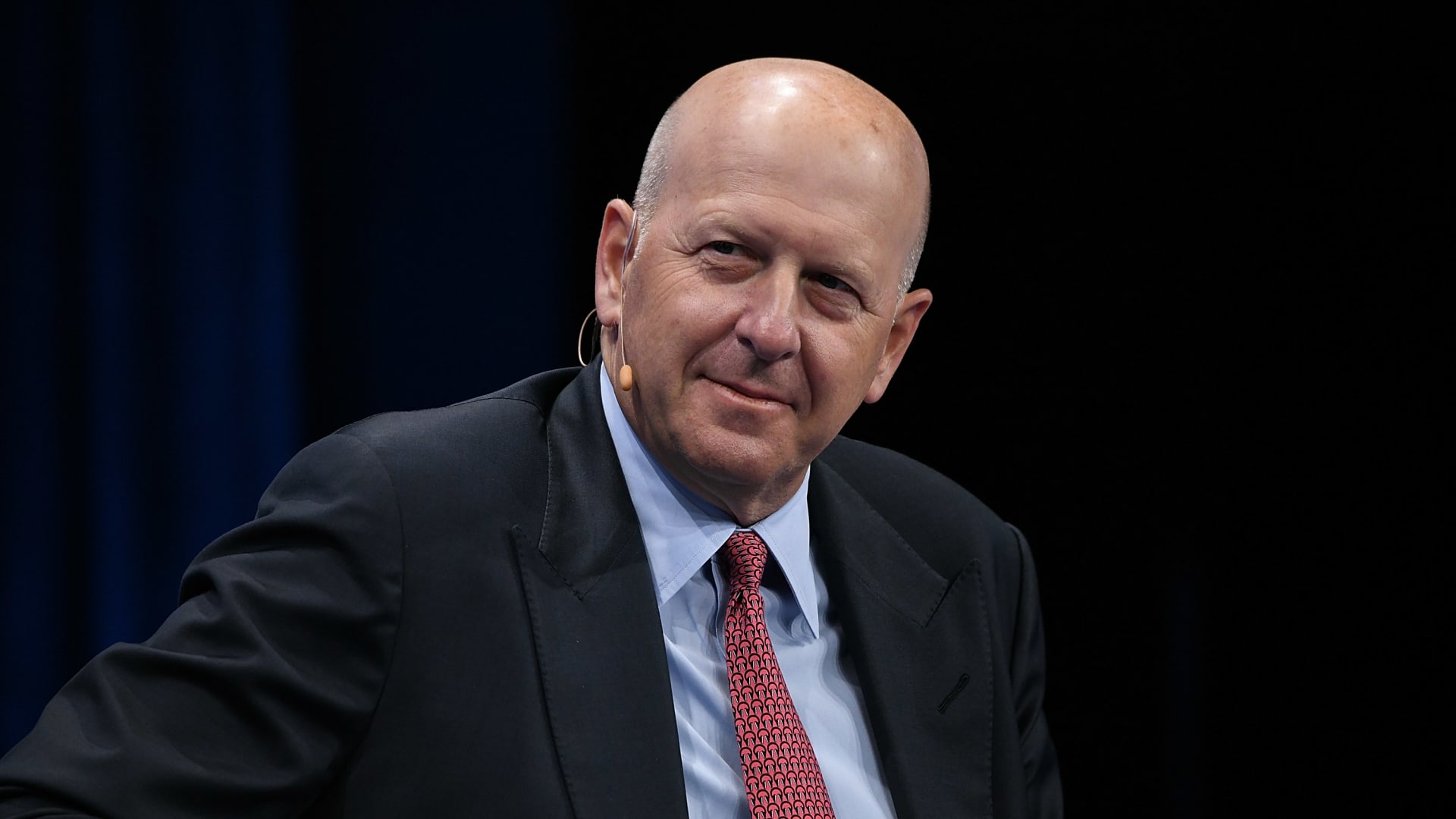David Solomon, Chairman and CEO of Goldman Sachs, recently participated in a panel discussion at the annual Milken Institute Global Conference in Beverly Hills, California. Goldman Sachs, known for its strong presence on Wall Street, is currently facing a turning point. High-profile businesses like trading and investment banking, which were popular before the 2008 financial crisis, have fallen out of favor with investors. Instead, areas like wealth and asset management, which generate steady fees, are now valued more by investors.
Goldman Sachs’ shares have been trading at a relatively low price-to-tangible-book value, indicating that the market does not value the firm as highly as its rivals JPMorgan Chase and Morgan Stanley. To address this, CEO David Solomon has focused on asset and wealth management, which aligns with two major trends in finance: the increased popularity of alternative assets like private equity, and the growing wealth of ultra-rich individuals.
However, concerns have arisen recently after former asset management co-head Julian Salisbury left Goldman for a smaller rival. This departure, along with the earlier exit of co-head Luke Sarsfield, has raised worries about a brain drain at the firm. Nonetheless, Goldman maintains that it has a deep bench and that the average tenure of partners is currently at its longest in a decade.
Asset management involves Goldman portfolio managers making bets across various financial instruments on behalf of clients or using the bank’s own funds. This includes a range of holdings, from low-risk investments like money market funds to alternative assets such as private equity, real estate, and hedge funds. Goldman’s focus on alternative investments differentiates it from rivals JPMorgan and Morgan Stanley, who are more involved in traditional assets like stock funds.
Wealth management, on the other hand, revolves around financial advisors charging fees to manage investments for clients. This model typically involves fees of 1% to 2% of a client’s assets per year, with additional fees for other wealth-related services. Goldman excels in serving the ultra-rich, with approximately 8% of this segment in the U.S. maintaining accounts with the bank. However, Goldman has a smaller market share for high-net-worth clients with assets between $1 million and $10 million, holding approximately 1% of this market.
Goldman’s reliance on its trading and advisory division, which accounted for two-thirds of the firm’s $23.1 billion in revenues so far this year, exposes it to the ups and downs of Wall Street. The volatility in the industry has led to significant fluctuations in revenue and profit. Therefore, the push for sustainable sources of growth has become a priority for the bank, and the success of its asset and wealth management division is crucial to achieving this.
Despite the challenges and internal upheaval, Goldman’s asset and wealth management division has been making progress in reaching its fee and fundraising goals. The bank aims to generate at least $10 billion in fee revenue by next year and has seen its total assets under supervision grow to $2.71 trillion in the second quarter. While CEO David Solomon acknowledges that the journey towards meaningful improvements in margins will take time, he remains optimistic about the strategic decisions being made and the progress being achieved.

